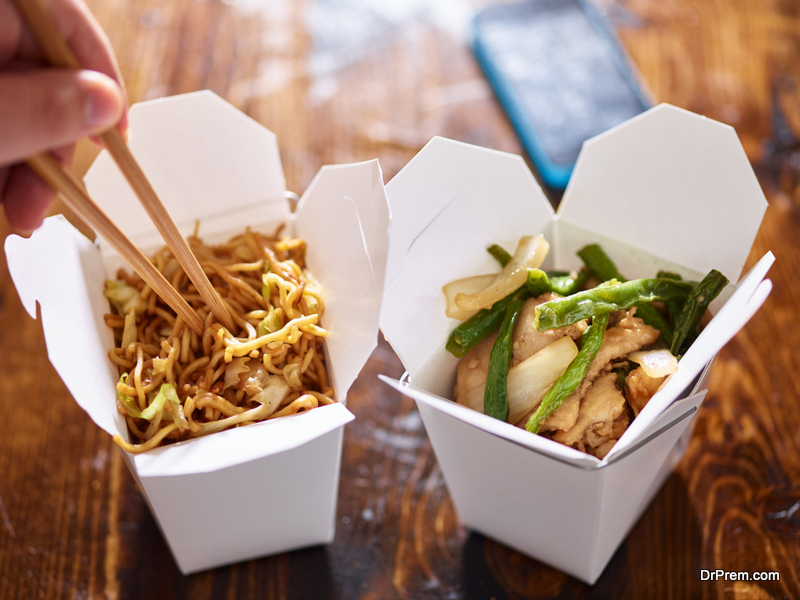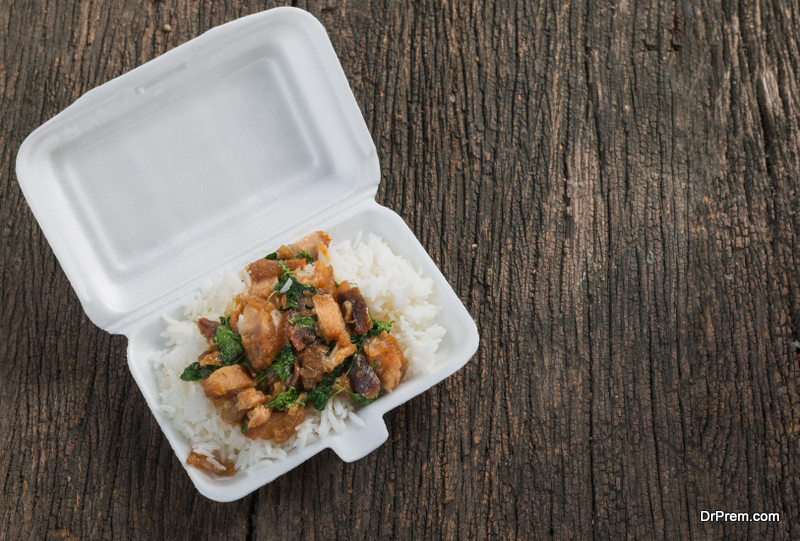How many takeaways do you order on a monthly basis? The answer is more than our planet can bear.
It is an undeniable fact that ‘the consumption of takeaway food’ is steadily increasing each year. In fact, the latest research has discovered that the European Union (EU) alone consumes approximately 2025 million takeaway foods on a yearly basis.
Imagine the staggering numbers that would be revealed if we added the whole world into this calculation!
How Did it All Begin?
 Global warming has become a threat for all of us since the early 2000s. That’s why researchers everywhere are trying to raise awareness amongst the public about this burning issue. Moreover, they are usually found discouraging us from indulging in habits that harm the ecosystem.
Global warming has become a threat for all of us since the early 2000s. That’s why researchers everywhere are trying to raise awareness amongst the public about this burning issue. Moreover, they are usually found discouraging us from indulging in habits that harm the ecosystem.
In order to do this, the scientists attempt to uncover substantial evidence and tangible statistics that could persuade the world to work for a change. A similar notion was put forth in Manchester University’s School of Chemical Engineering and Analytical Science. Last year, Dr. Alejandro Gallego-Schmid supervised his team of researchers to investigate how fast food habits affect the planet.
How Did They Do It?
The research group applied the Life Cycle Assessment (LCA) to study the effects of takeaway containers on the environment. This particular technique takes into account three crucial stages of the average takeaway container’s lifespan:
- How is it manufactured?
- How is it used?
- What happens after?
The project considered Styrofoam, aluminium and clear plastic containers as its test subjects. Additionally, they compared their findings with the impact of reusable plastic containers (e.g. Tupperware) to figure out if recycling helps reduce the damage.
What Did They Find?
The study unfolded a lot of new facts about the usage and decomposition of takeaway containers. For instance, these containers are partly responsible for depleting non-renewable resources, deforestation, global warming and endangering marine life.
Other revelations concluded that:
- Styrofoam has the lowest carbon footprint in contrast to other materials
- Reusing half of the takeout containers can reduce the greenhouse gas emissions released from
5500 cars
Consequently, they think that recycling and reusing takeaway containers is the best countermeasure that we can take at this moment.
Prof. AdisaAzapagic, one of the researchers, says that,
“As consumers, we can play a significant role in reducing the environmental impacts of food packaging by reusing food containers as long as possible. Our study shows clearly that the longer we reuse them, the lower their impacts become over their extended lifetimes.”
Overall, our takeouts are a major portion of the non-biodegradable litter that is accumulating the landfills. Hence, we should look into ways to minimize this by incorporating a cleaner and greener lifestyle.
The Take-Away Message
In the end, food services industries also hold responsibility for the consumption of takeaway containers. That is why we advise them to work with eco-friendly takeaway container suppliers. That’s because these trustworthy companies genuinely strive to make the world a better place. Therefore, these collaborations are favoured by environmentalists and self-aware consumers around the world.
Article Submitted By Community Writer



